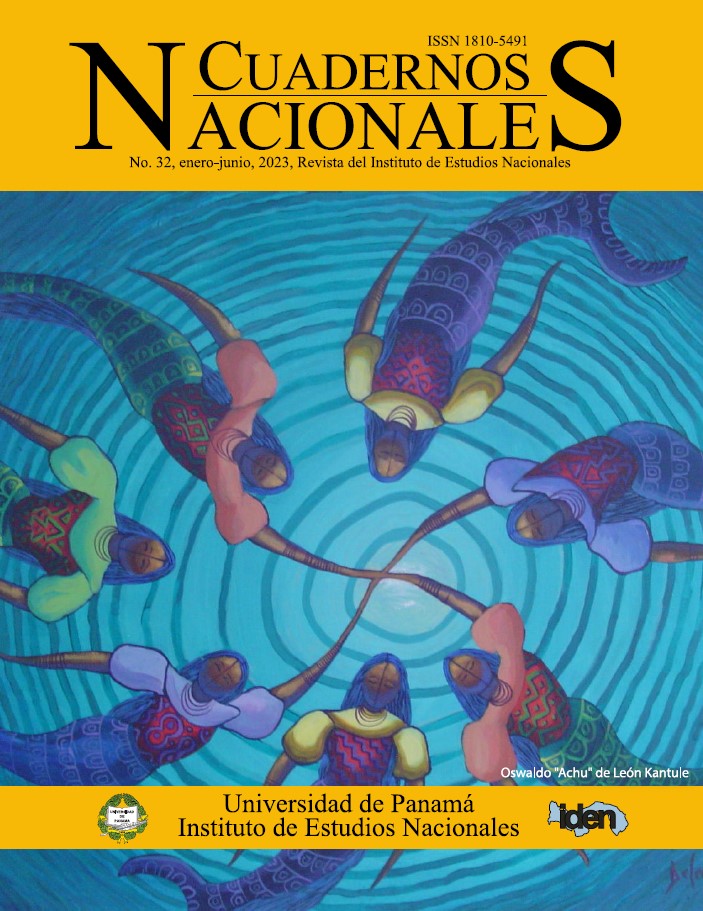


This work is licensed under a Creative Commons Attribution-NonCommercial-ShareAlike 4.0 International License.
The motivation of the research responds to the need to respond to the problems of the Panamanian agricultural sector that at the end of the 70's produced 11% of the Gross National Value Added (GVA) and currently only represents approximately 2.2%, affecting the Panamanian economy as a whole, both from the perspective of supply and demand; increasing the levels of inequality existing in the rural environment. The methodological process includes the elaboration of the symmetrical input -output tables 60 x 60 for the first time of the Republic of Panama from the Supply and Use Tables (SUT), generated by the National Institute of Statistics and Census (NISC), and that in turn through the applications of the linkages, the capacity of impulse or drag to the other sectors is assessed, considering a variation in a unit of either the final demand or the primary inputs; by the sectors belonging to the primary sector. To this end, the Chenery-Watanabe classifications, the global Streit coefficients of these sectors, will be presented. The effect caused by COVID-2019 on the sector is also assessed. The results show the dismantling of the Primary Sector, as a result of the commercial and commercial policy, which allows an excessive opening to the market of raw materials of other countries, to the detriment of national production and employment, generating uneasiness to thousands of Panamanians.